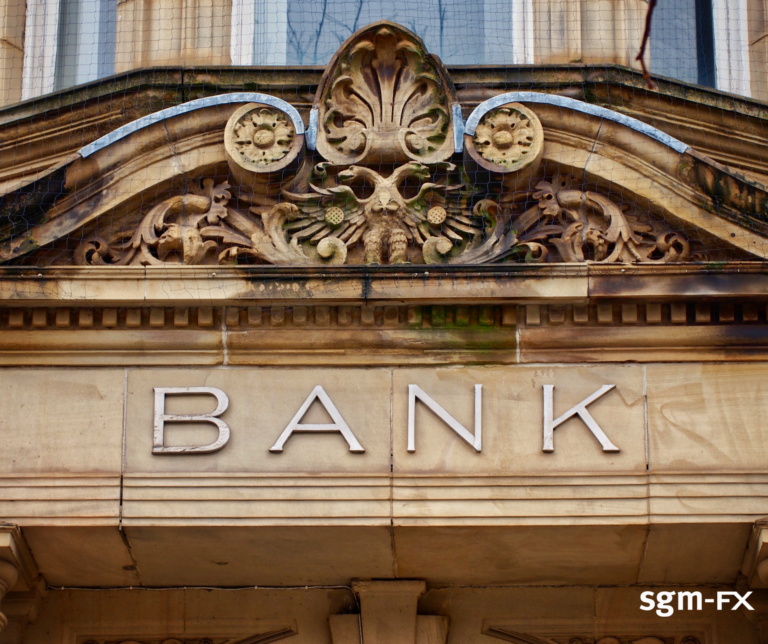
Morning Brief – Brexit
Throughout the course of Brexit negotiations there has been a severe and frequent mispricing of risk in the UK Pound. The nature of negotiation and politics brings the obstacle of a series of high-risk events not least overnight summits, negotiation phases and general elections as we have seen on several occasions since 23 June 2016. We are either living in another period of market complacency or Sterling traders know something that the public and likely government doesn’t.
At shy of 10% implied volatility in cable (GBPUSD) over 6 months, the options market is pricing an alarmingly low level of expected price volatility in the UK currency. This could be attributed to one of a few things: 1) the salience of a Brexit deal to the UK economy has suddenly vanished. 2) as both economies reel, will former Union members of 47 years be more lenient meaning a deal is all but in the bag? 3) is this just a case of market complacency and yet another mispricing?
Whatever the reason, if there are further deteriorations or significant progress in Brexit negotiations then current market pricing is likely to exacerbate spot price volatility providing ample opportunity for strategic FX market participants. One of the best ways to take advantage of mispriced volatility is with a strategy of limit orders and stop loss protections. We would be glad to discuss and implement such a strategy with you.
From tech stock surges to emerging market currency underperformance, bond market mania to carbon credits, almost every corner of financial markets have felt the pandemic in some way. Two commodities in particular show the changing habits of our post lockdown lives. As we swap the pub and planes for our own homes, the price of nuts has plummeted whilst the cost of wood has skyrocketed.
Believe it or not lumber is a traded contract on the Chicago Mercantile Exchange. During the turbulence of the first outbreak of the pandemic itself the contract traded below $300 per thousand board feet for the first time in half a decade. Today the contract stands at an all time high in excess of $800. The meteoric rise was the result of low inventories and demand for the raw material prompted by the rise of the DIY project. Shed refurbishments and home extension projects have pushed the futures contract to its present highs.
Exacerbating the wealth inequality between squirrels and beavers, the price of nuts has simultaneously plummeted. I have seldom if ever dived into the nut bowl on the bar top but pubs as well as airlines and hotels are some of the largest market participants in the nut market. Shelled almonds have fallen from $6,500 in the US ahead of the pandemic outbreak to below $4,000 today. Thinking of cashewing in? You’ll find that market down some 10% on the year. The United States is a leading exporter of nuts but maybe don’t start taking trading signals on the Dollar from peanuts just yet.
Discussion and Analysis by Charles Porter

Click Here to Subscribe to the SGM-FX Newsletter
Related Insights

Daily Brief – Chancellor Reeves
Chancellor Reeves Market observers were no better informed at the end of the Rachel Reeves speech than they were at the outset yesterday morning. The only surprise was that having comprehensively floated options in the past two months for inclusion in her November 26 Autumn Statement, that the Chancellor should have elected to speak at […]

Daily Brief – Economic Competence
Economic Competence “Chancellor has GBP10 billion hole blown in her calculations just days before her Autumn Statement”, screamed the financial headlines on Friday. Of course, a Budget the size of the UK’s has plenty of overs and unders, but over borrowing and the cost of debt servicing or interest costs are part and parcel of […]

Daily Brief – UK Bank Reserves
UK Bank Reserves An excellent Daily Telegraph piece this week by economist Dr Gerard Lyons that made a number of telling points that both BoE Governor Bailey and Chancellor Reeves would do well to read and afterwards to act differently. Just one of those points concerns the Bank of England paying banks bank rate on […]



 Humphrey Percy
Humphrey Percy